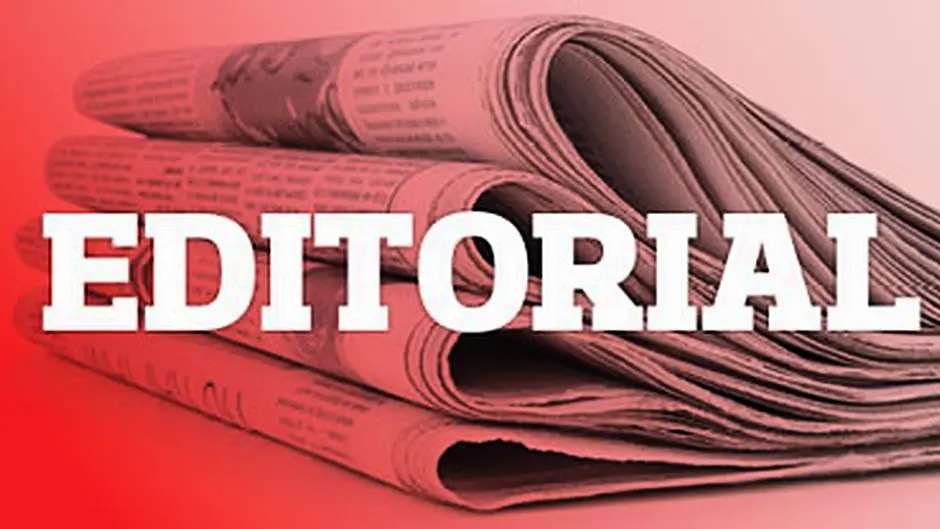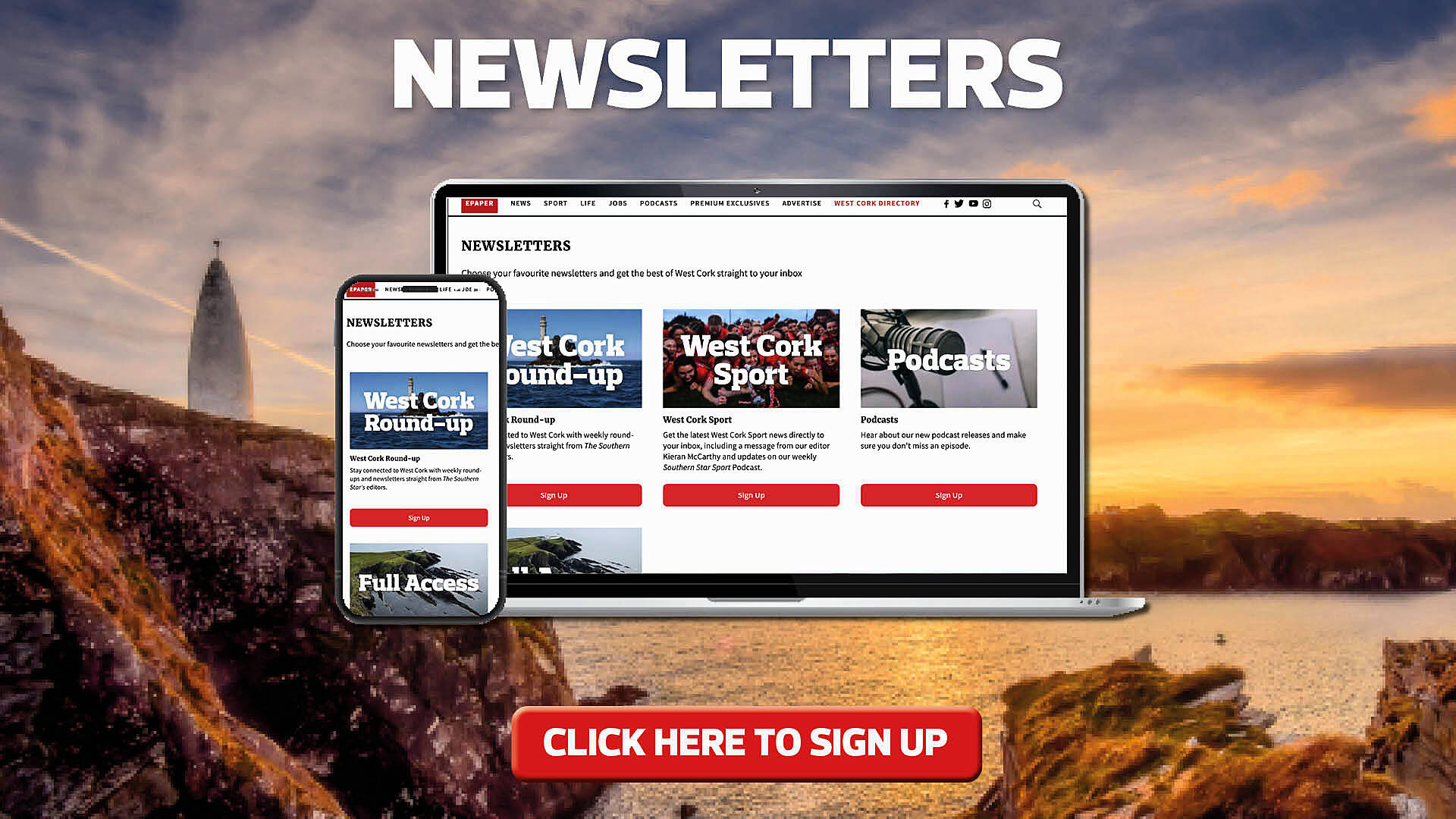IN terms of an indigenous industry, one of the big success stories of our economic recovery has been tourism and, having benefitted from a reduction in VAT on tourism products and services from 13.5% to 9%
IN terms of an indigenous industry, one of the big success stories of our economic recovery has been tourism and, having benefitted from a reduction in VAT on tourism products and services from 13.5% to 9% for a seven and a half-year period, it is back to the higher rate since the start of 2019 as it is felt by government that the industry is well capable of building on the foundations that now underpin it.
With astute marketing, Irish tourism has been able to absorb changes, including the drop for a period in British visitors in the two years following the Brexit referendum being compensated by increased numbers from other countries. Figures available for the 11 months up to the end of last November showed that, at 9.878 million visits from overseas, overall trips to Ireland were up 6.8% compared to the same period in 2017.
British visitor numbers were up 1% on last year’s lower base, but still the second-highest number of visitors at just under 3.5 million, having been overtaken by visitors from mainland Europe, up 9% to over 3.5 million visits. However, the most impressive percentage increase of 13.1 was from North America, while the number of visitors from the rest of the world (mostly long-haul and developing markets) grew by 6.9% in the first 11 months of 2018.
On the home front, an excellent summer provided an added boost for the domestic market, however most overseas visitors don’t come here for our weather and the rain is a novelty for many of them. Fáilte Ireland marketeers have been working to increase numbers from abroad outside of the high season and they were pleased with the bigger number of overseas visits for November, which is traditionally one of the quietest months of the year.
Cities are the main beneficiaries of people taking low-season breaks and places such as West Cork are losing out on much of this business, a fact acknowledged by Fáilte Ireland CEO Paul Kelly: many tourism businesses, particularly in rural Ireland, already find it very difficult to sustain their business through the winter months and are now facing further cost inflation pressures on VAT, insurance and wages, he said, so investing in initiatives to extend the season is critical for them and those who they employ.
A lot of jobs in the tourism sector in rural areas tend to be seasonal and extending the season would make the industry more sustainable and whole communities would benefit as a result. This is being addressed in the three-year Tourism Action Plan 2019-2021, launched before Christmas by the Department of Transport, Tourism and Sport.
However, significant challenges – many outside our control – remain, not least the ongoing uncertainty about how Brexit is going to pan out. What we can control is providing visitors – both from at home and overseas – with value for money.
With the economy improving, there have been signs in the past year of some of the greed of the Celtic Tiger era setting in again in some sectors of the industry. It took quite a while – and a lot of State aid – to shake off the unwanted ‘Rip-off Republic’ reputation Ireland had built up during that economic boom.
For the tourism industry to allow that to happen again would be both insane and immoral, and make government reticent about any future bail-out.








